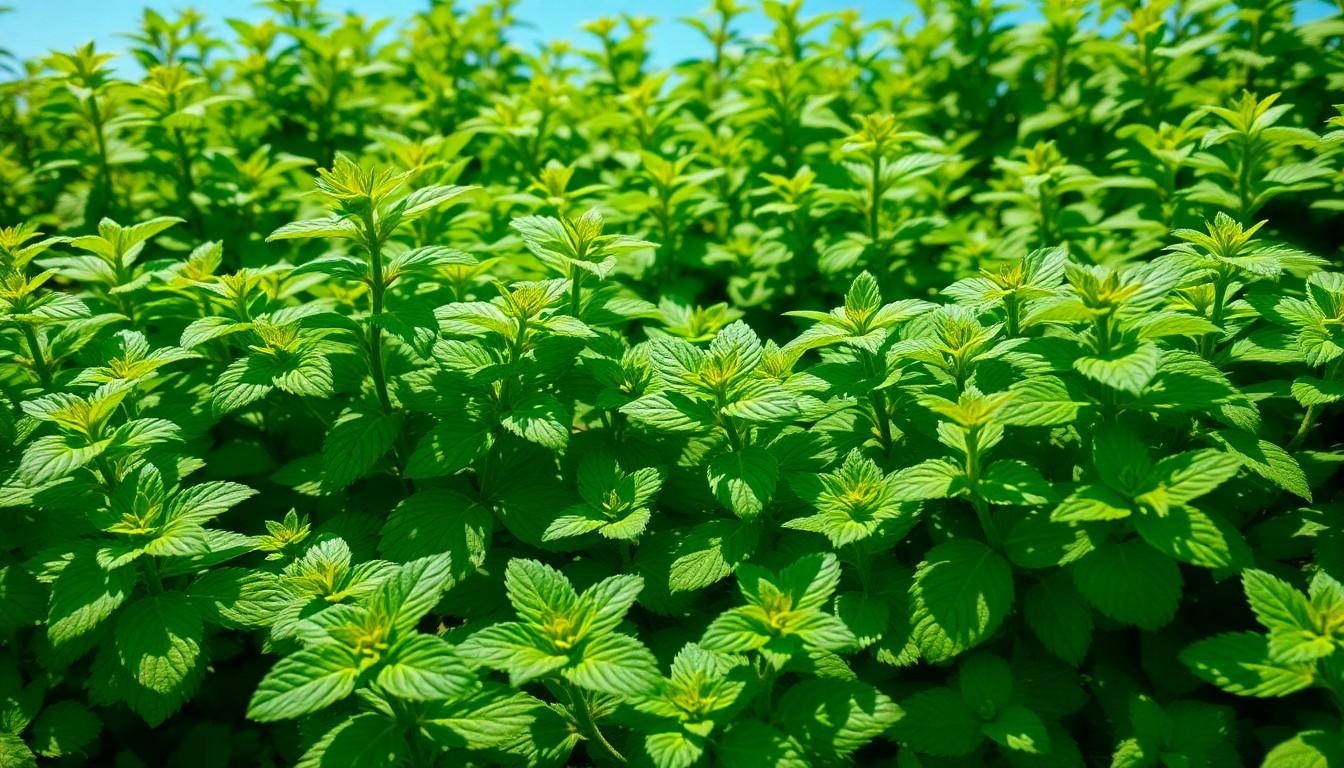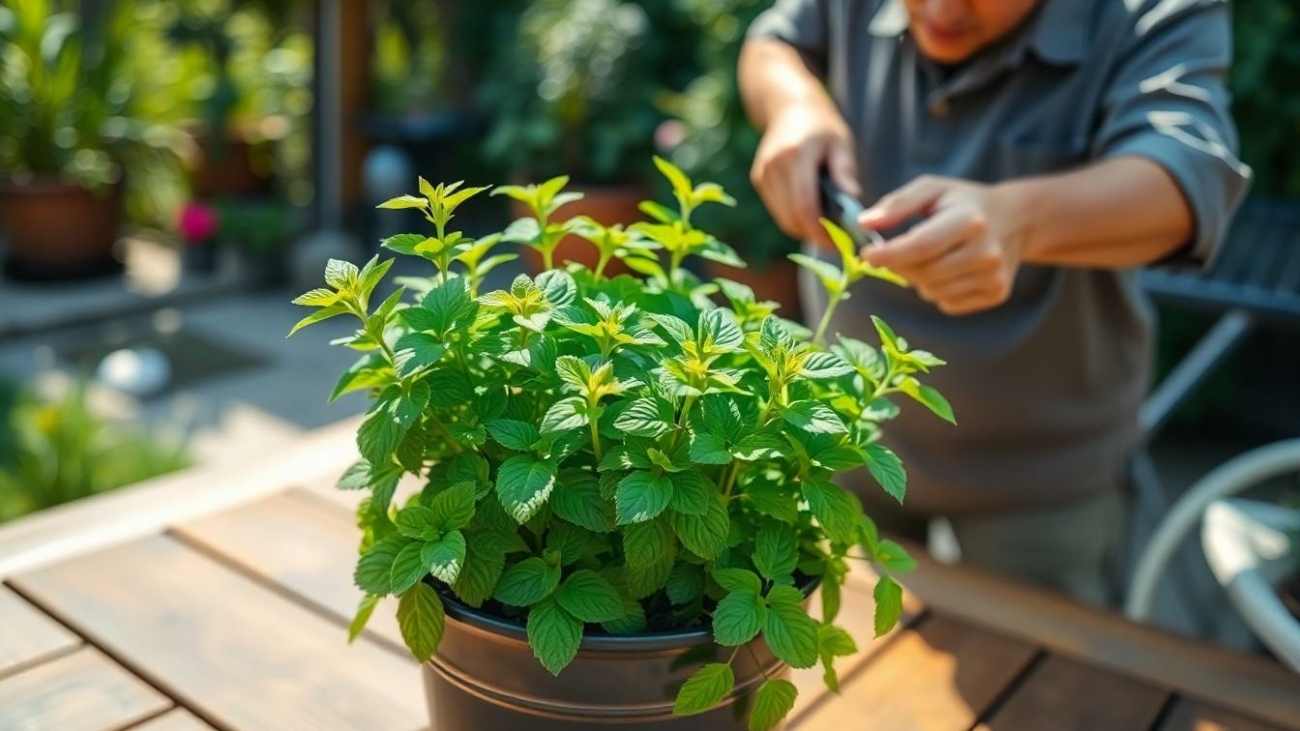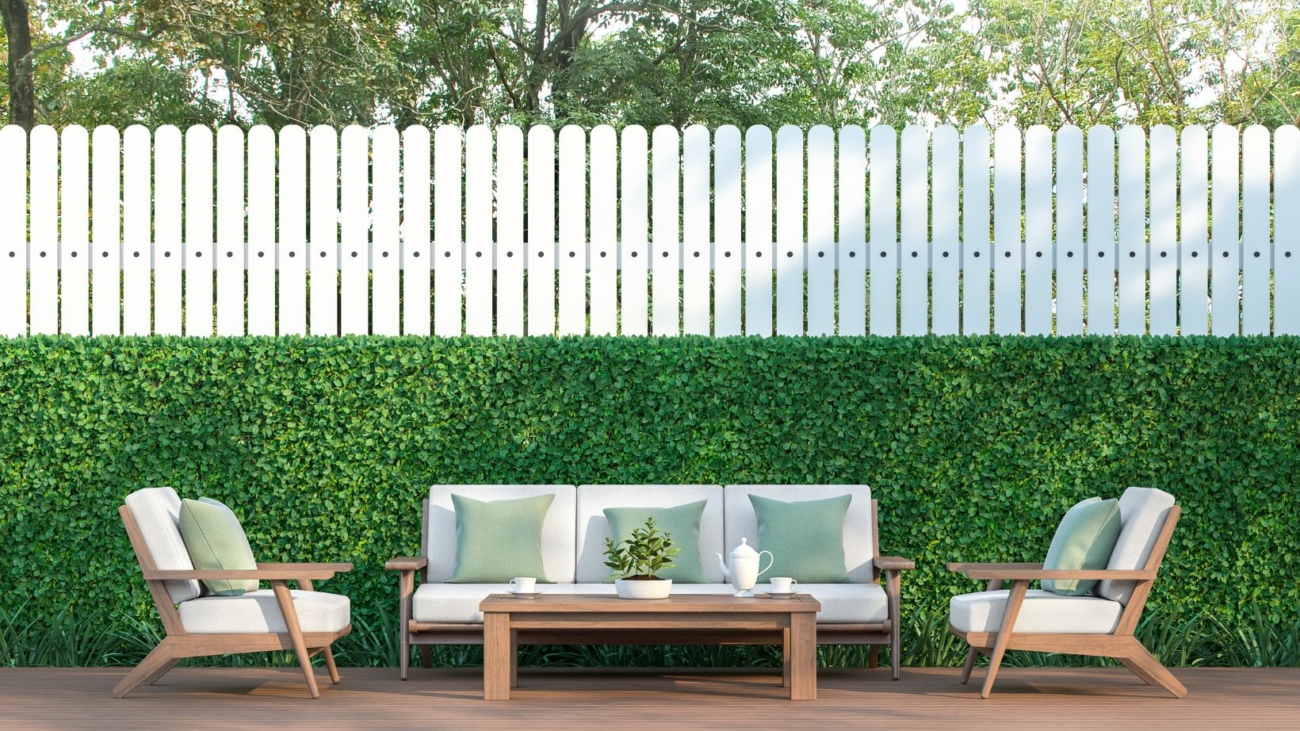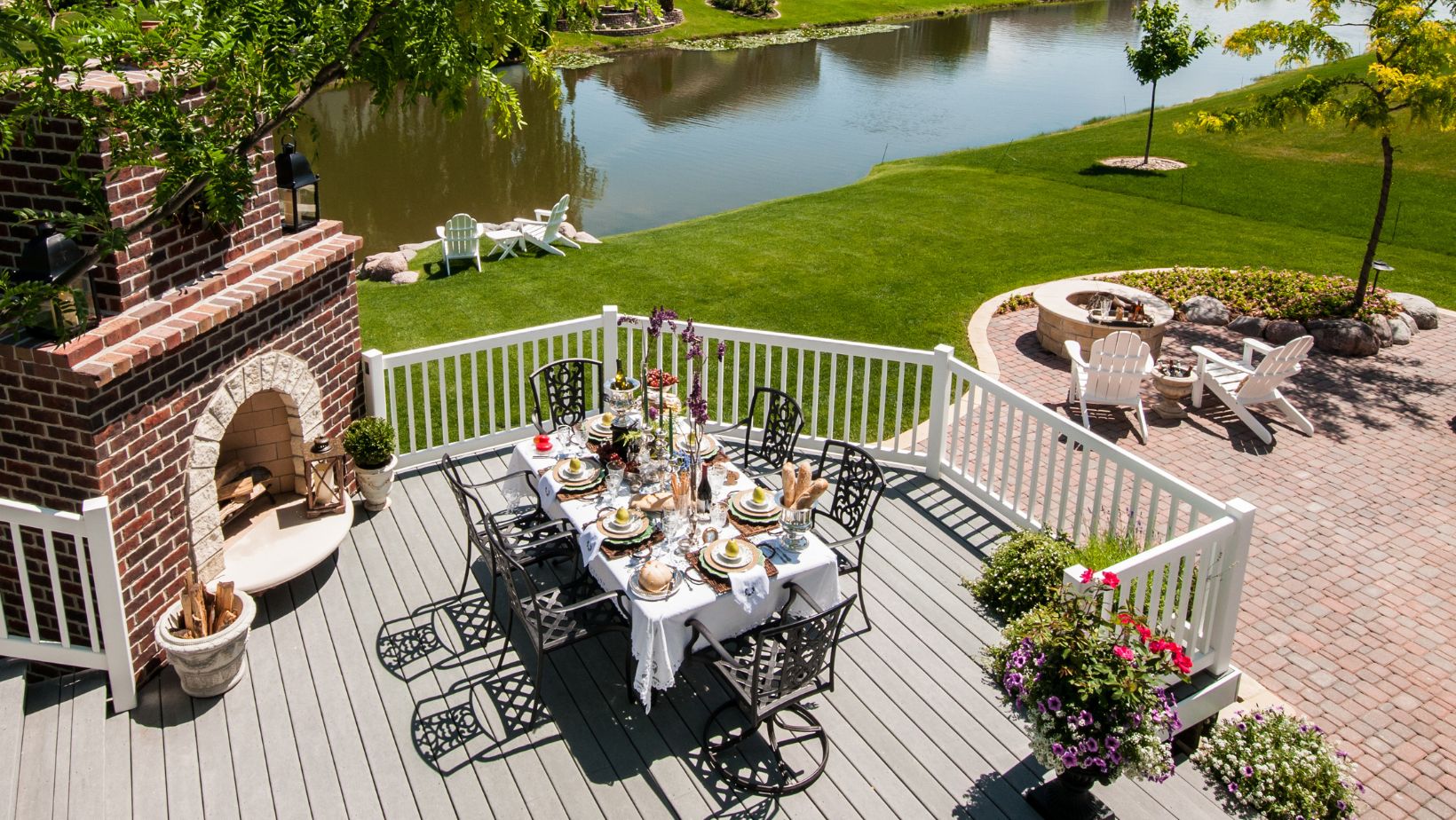Mint plants are like the overachievers of the herb world—easy to grow and even easier to love. With their fresh scent and vibrant green leaves, they can turn any dull dish into a culinary masterpiece. But let’s face it, even the most ambitious mint plant can throw a tantrum if it doesn’t get the TLC it deserves.
How to Take Care of a Mint Plant
Mint plants belong to the Mentha genus and are known for their aromatic leaves. These plants thrive in a variety of climates, making them accessible for gardeners and culinary enthusiasts. They prefer well-drained soil enriched with organic matter, which supports healthy growth.
Mint stems grow upright and can reach heights between 12 to 36 inches, depending on the variety. Popular types include spearmint and peppermint, each offering distinctive flavor profiles. This makes mint a favored herb for culinary use, from salads and desserts to teas.
Light requirements for mint plants include full sun to partial shade. While they enjoy sunlight, direct afternoon heat can lead to wilting. Watering should be consistent, with soil kept moist but not waterlogged. Regular pruning encourages bushier growth and prevents flowering, which can diminish the leaves’ potency.
These plants are vigorous and can spread quickly, sometimes overwhelming garden spaces. Containing mint in pots or defined garden beds prevents unwanted expansion. Potential pests include aphids and spider mites, which can affect overall health. Regular inspection helps catch issues early.
Fertilization is important for strong mint plants. Using a balanced, organic fertilizer every few weeks during the growing season promotes lush foliage. Harvesting occurs throughout the growing season, with fresh leaves clipped as needed for culinary use or herbal products. Fresh mint enhances dishes with its refreshing flavor and aroma.
Choosing the Right Variety
Selecting the right mint variety enhances growth and flavor in culinary uses. Different types offer unique tastes and aromas.
Common Mint Varieties
Spearmint, often found in mint juleps and fresh salads, features a sweet flavor. Peppermint, with its stronger aroma, works well in desserts and teas. Chocolate mint combines a mild minty taste with hints of chocolate, great for adding flair to desserts. Apple mint has a fruity undertone, ideal for refreshing beverages. Each variety thrives under similar conditions, yet offers distinct characteristics.
Factors to Consider
Climate plays a significant role in mint selection; warmer regions favor varieties like chocolate mint. Soil type also matters; well-drained soil promotes healthy roots. Growth habits differ between varieties, with some being more invasive than others. A gardener’s space needs consideration; compact varieties suit small areas while taller ones can fill larger gardens. Lastly, purpose influences choice; fresh leaves for cooking or ornamental value should guide decisions.
Setting Up Your Mint Plant
Mint thrives when provided with the right environment. Choosing suitable conditions promotes healthy growth and flavor.
Ideal Growing Conditions
Exposure to full sun or partial shade supports mint growth. Ideally, mint thrives in temperatures ranging from 65°F to 70°F. Humidity also plays a role; moderate levels enhance flavor and growth. Protection from strong winds helps maintain the plant’s structure. Regular air circulation aids in preventing diseases, creating an ideal atmosphere for mint to flourish.
Potting and Soil Tips
Selecting the right pot encourages growth. Use containers with drainage holes to prevent waterlogging. A well-draining, organic-rich soil proves beneficial for mint. Consider a soil mixture that includes compost for added nutrients. Keeping soil consistently moist enhances mint’s vibrancy while avoiding dryness. Regularly checking soil moisture ensures optimal growth conditions, making potting and soil choices crucial for successful cultivation.
Watering and Feeding
Proper watering and feeding are essential for a healthy mint plant. Consistency ensures robust growth and vibrant leaves.
Watering Frequency
Watering frequency depends on several factors, including climate and soil type. Mint plants thrive in consistently moist soil but avoid soggy conditions. Check the soil moisture regularly; if the top inch feels dry, it’s time to water. During dry spells, additional watering might be necessary, while cooler weather may lessen the need. Container-grown mint requires more frequent watering due to faster drying. Ideally, aim for watering 1 to 2 times a week. This approach promotes strong roots and healthy foliage.
Choosing the Right Fertilizer
Selecting the right fertilizer encourages vigorous growth in mint plants. A balanced, organic fertilizer is often the best choice; it provides essential nutrients without overwhelming the plant. Look for fertilizers with equal parts nitrogen, phosphorus, and potassium. Feeding should occur every 4 to 6 weeks during the growing season. Diluting the fertilizer to half-strength prevents root burn. Apply the mixture directly to the soil to ensure nutrient absorption. Adjust feeding frequency based on the plant’s growth rate and health, observing any signs of nutrient deficiency or excess.
Pruning and Maintenance
Pruning and maintenance play key roles in the health of a mint plant. Regular pruning encourages bushier growth and prevents overcrowding.
When to Prune Mint
Pruning mint occurs most effectively during the growing season, specifically in spring or early summer. It’s ideal to prune after the plant reaches about 6 inches in height. Regularly checking for signs of overgrowth can facilitate timely pruning. A gardener should also consider late summer pruning to prepare the plant for cooler months and to promote a second flush of growth.
Techniques for Pruning
Techniques for pruning mint include cutting back the stems to about 2 to 3 inches above the soil line. Using clean, sharp scissors ensures a clean cut while preventing damage to the plant. Removing dead or wilted leaves promotes airflow and reduces the risk of disease. Lastly, pruning just above leaf nodes encourages new growth, allowing the plant to thrive and produce fresh leaves for culinary use.
Common Problems and Solutions
Mint plants are generally resilient, but they can face challenges. Identifying and addressing these issues early helps maintain healthy growth.
Pests to Watch For
Aphids often attack mint plants, sucking sap and causing yellowing leaves. Regularly inspecting plants ensures early detection. Spider mites may also appear, especially in dry conditions; they leave webbing on stems. Using insecticidal soap or neem oil provides effective treatment against these pests. Thrips can affect mint as well, creating silvery streaks on leaves. Removing affected leaves and utilizing sticky traps helps manage thrips populations.
How to Handle Diseases
Powdery mildew is a common fungal disease that affects mint, presenting as white powdery spots on leaves. Ensuring good air circulation around plants aids in prevention. Treating infected plants with fungicides or a baking soda solution restores health. Root rot can occur if mint sits in overly saturated soil, leading to wilting and yellowing. Adjusting watering practices and ensuring proper drainage are crucial for combating root rot. Lastly, stem rot often develops after excessive moisture; cutting back damaged stems promotes recovery and new growth.
Culinary delights
Taking care of a mint plant can be a rewarding experience for any gardener. With the right conditions and attention to detail mint can flourish and provide a bounty of fresh leaves for culinary delights. By choosing the appropriate variety understanding its growing needs and maintaining proper care practices gardeners can enjoy the aromatic benefits of mint throughout the growing season. Regular pruning and monitoring for pests will ensure a healthy plant that continues to thrive. Embracing these simple yet effective strategies will lead to a successful mint-growing journey.


 Outdoor living solutions offer significant advantages, transforming spaces into functional and enjoyable environments. These benefits include enhanced aesthetic appeal and increased home value.
Outdoor living solutions offer significant advantages, transforming spaces into functional and enjoyable environments. These benefits include enhanced aesthetic appeal and increased home value.